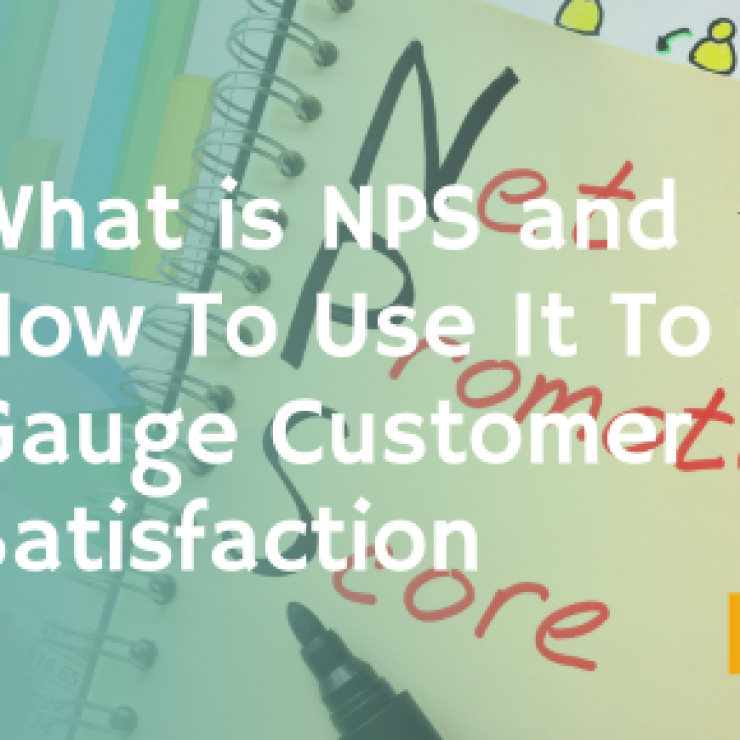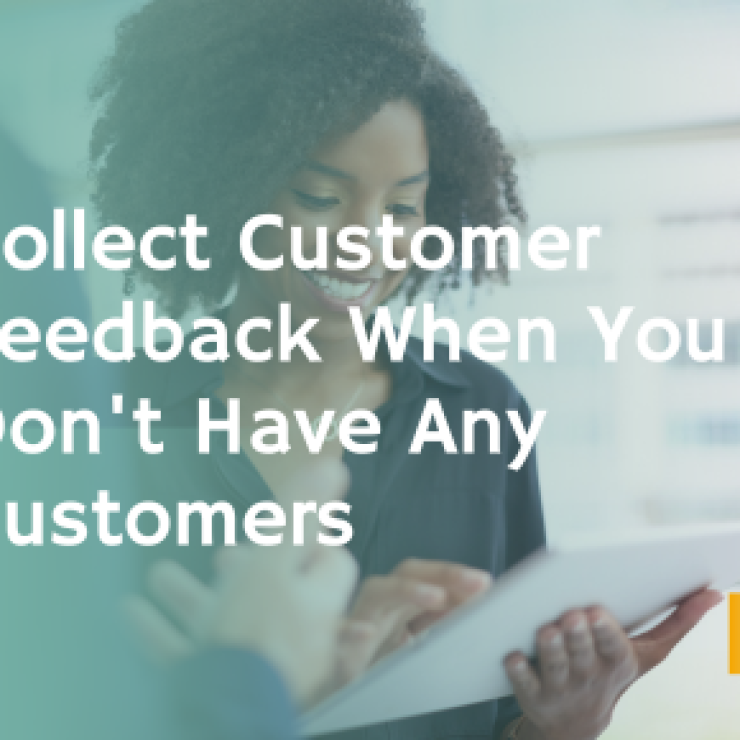Gartner found that 67% of companies compete based solely on customer experience. Back then, most marketers believed that at least 80% of companies would compete primarily on customer service over the next few years. Not surprisingly, 75% of companies surveyed by Gartner a year later reported increased investment in customer experience and voice of customer analytics.
Customer experience — and the data needed to ensure it’s positive — isn’t limited to the types of SMBs and corporations that Gartner typically advises on. Learn how to use customer feedback to improve your business performance.
What is Voice of Customer?
Voice of Customer (VoC) is the “voice” that lets you know what your target customers want and need. This “voice” comes in many forms, from ratings to consumer behaviour data.
The goal of any business should be to collect as much useful data about the Voice of Customer as possible in order to get a comprehensive picture of customer needs. You can then use this information to make all of your business decisions.
Why is customer feedback important?
Voice of Customer is a critical part of continuous improvement and quality control methods used by organizations around the world. For example, no project based on the Six Sigma method starts without the rigorous use of the VoC. There’s a reason for this: Customer feedback is the foundation on which all other business processes should rest.
Many entrepreneurs overlook the importance of customer feedback, at least initially, because they have a strong sense of what’s needed in the market. Many people who start a business follow this principle because they have been a customer themselves and want to fill a need they encountered earlier in their new business.
Still, it’s essential that you listen to your customers as you plan, launch, and grow your business. While experience and knowledge are useful, relying solely on them can lead to false assumptions and poor customer experiences.
By using customer feedback, you can:
- Understand the challenges of your target audience
- Creating products and services that offer applicable solutions
- keep an eye on the changing trends that could impact your business
- constantly developing new offers that your customers can get excited about
- proactively deal with issues that could result in lost customers or brand reputation issues
Types of Customer Feedback
Customer feedback comes in different forms. Some of the most common are summarized below.
Customer reviews provide a good insight into what people think of your business, including what they love and what they don’t like. Reviews are often a very honest form of feedback because consumers write them for the benefit of others, not in response to their questions.
Polls can be a great way to collect data about specific feedback, which color products customers want next or whether a certain process works. When using a data-based format, e.g. For example, using multiple choice questions or a Likert scale, you can use statistical analysis to understand customer feedback results.
With focus groups , you can ask survey-like and in-depth questions and get organic feedback from a select group of customers. Focus groups are particularly useful because you can ask follow-up questions and hear participants’ opinions as they discuss things together. However, you must be careful not to allow one or a few people to influence the group, as this may result in inaccurate feedback. To be safe, schedule focus groups via web conferencing or in a local coffee shop or hotel conference room rather than at your home.
1:1 talks . Every phone call, email thread, or chat conversation you have with a customer is feedback. Be sure to include details of the feedback, such as B. recognition and concerns, in this communication.
General Behavior Metrics . How customers behave — whether they’re sharing their purchase on social media and tagging you, filing support tickets, or coming back for another purchase (or not) — helps you understand what they want, need, and like.
What to do when you’re done collecting customer feedback?
Regardless of how you collect customer feedback, just reading it is not enough. Here are some steps you can take after collecting the data:
- Find out what the consensus is. You can’t always please everyone, and you can’t make business decisions based on a single customer’s wants or expectations. Look for trends in the feedback.
- Make data-driven decisions. If you see that many customers don’t like a particular process, how can you change it to better meet their needs? What challenges are consumers facing that you can create solutions for? This could be the area where you invest your time and effort next.
- Don’t value data more than people. Yes, customer feedback and data are essential. However, surveys and other collection methods are not 100% perfect, and they can sometimes produce inaccurate results. Correlate the data with everything else you know about your customers and your business, and make decisions with the big picture in mind. If you’re unsure if the data is correct, don’t hesitate to repeat a survey with a new random group of customers to test it out.




